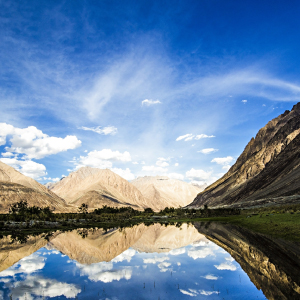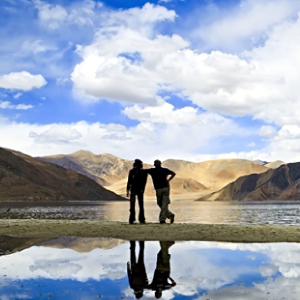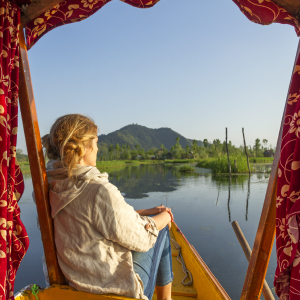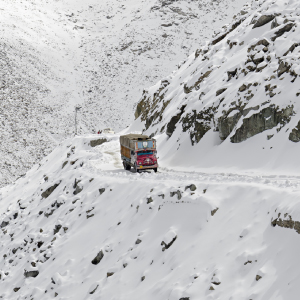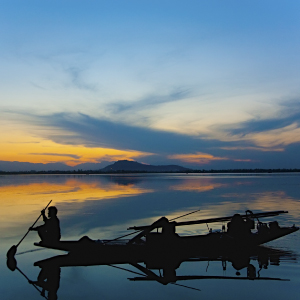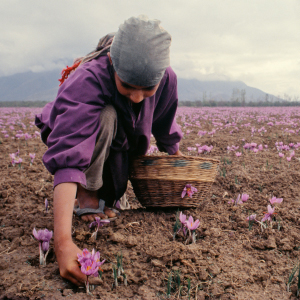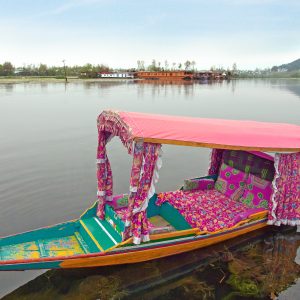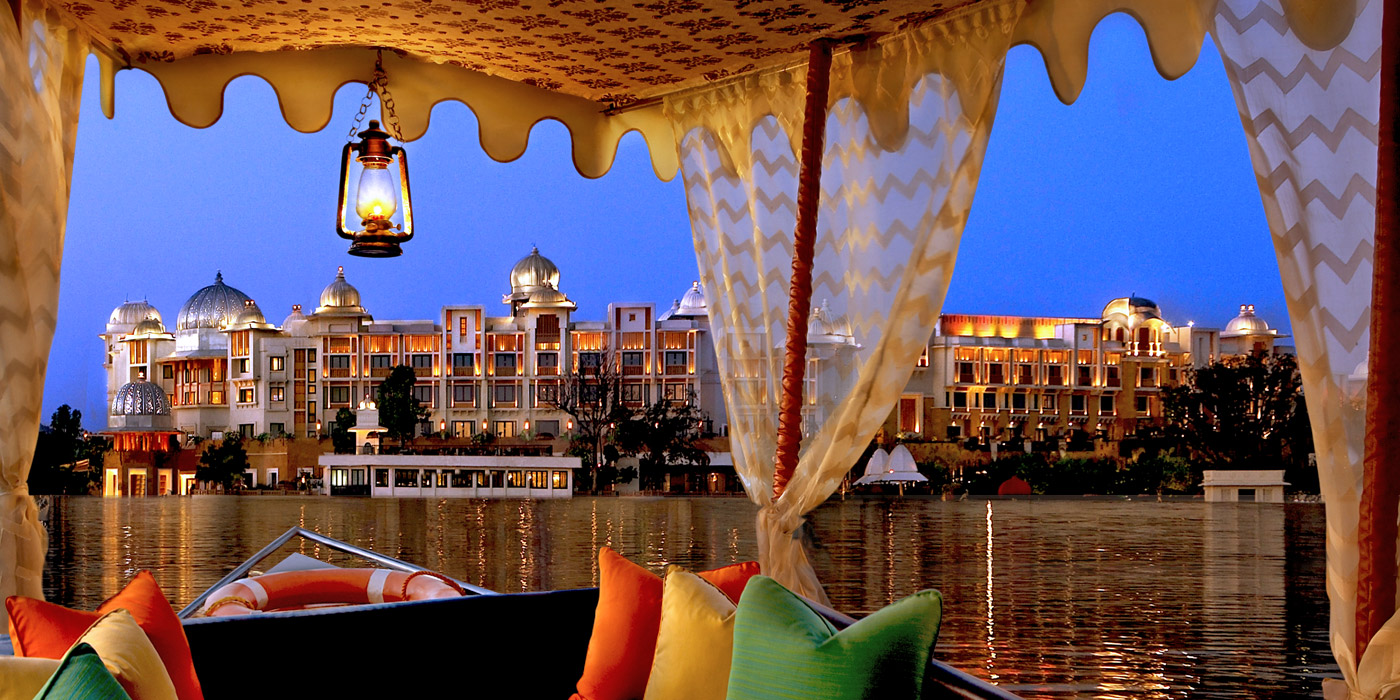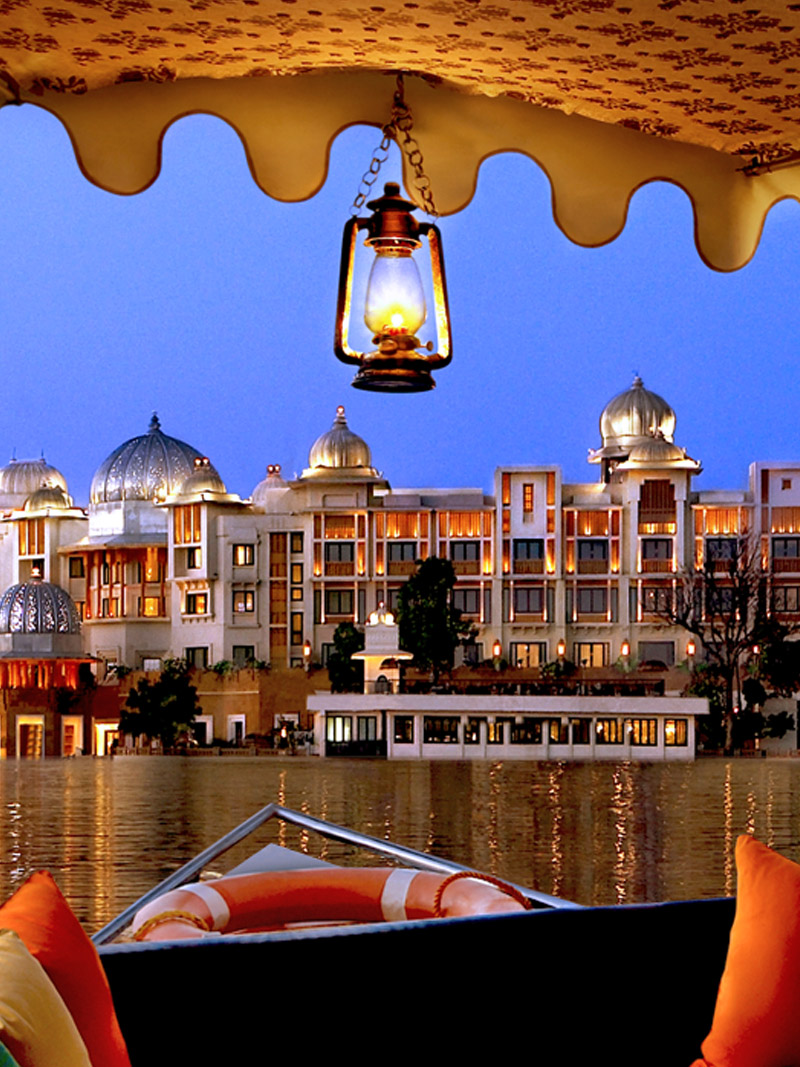
The rugged Nubra Valley

The Nubra Valley is ethereal. This untamed, untouched, and remote valley inspires an illusion that you have stepped into a parallel world where sand dunes co-exist with green oases. A river meanders through the valley, leaving a fertile land behind, and as far as the eye can see, the majestic Himalayan ranges spread out. The only evidence of human habitation here is found in the scattered villages around.
The Nubra Valley altitude is 3,048 metres and it’s a delight for the adventurous souls – you can hike, trek, or
Read more
The Nubra Valley is ethereal. This untamed, untouched, and remote valley inspires an illusion that you have stepped into a parallel world where sand dunes co-exist with green oases. A river meanders through the valley, leaving a fertile land behind, and as far as the eye can see, the majestic Himalayan ranges spread out. The only evidence of human habitation here is found in the scattered villages around.
The Nubra Valley altitude is 3,048 metres and it’s a delight for the adventurous souls – you can hike, trek, or cycle here. Another draw for travellers is that they drive on one of the highest motorable roads in the world to get here: the Khardung La at 5,602 metres.
The Nubra Valley to Leh distance is just 150 kilometres. If you are in Ladakh, make sure you take a few days to explore the region, where sand dunes, double-humped Bactrian camel, and quaint monasteries are commonplace. At dawn, drive or walk up to the oldest monastery in Nubra, the 14th-century Diskit Gompa, to listen to the morning prayers – the Buddhist chants are a bright start to the day.
Some of the other Nubra Valley attractions are the Yarab Tso Lake; the 106-foot Buddha statue; and the Hunder sand dunes.
Stay in tents under the endless sky, interact with locals who are the custodians of the Balti culture, and take leisurely strolls on this seemingly endless land – these experiences are what make Ladakh so unique.
Read Less
Experiences in Jammu and Kashmir



